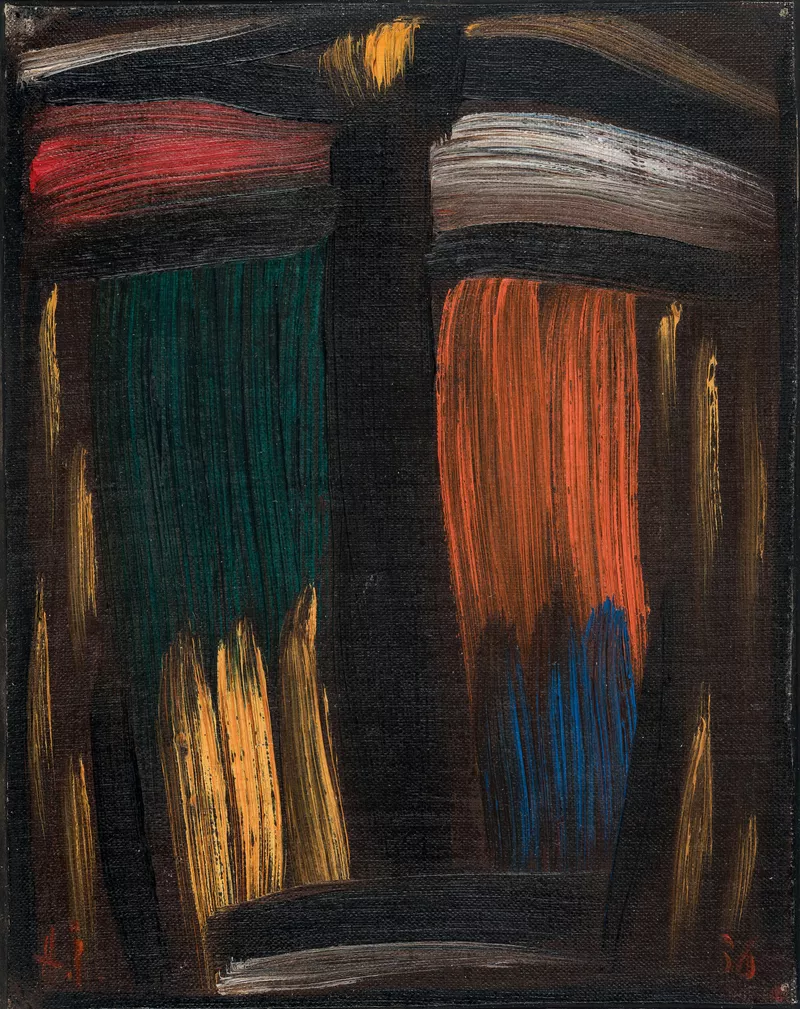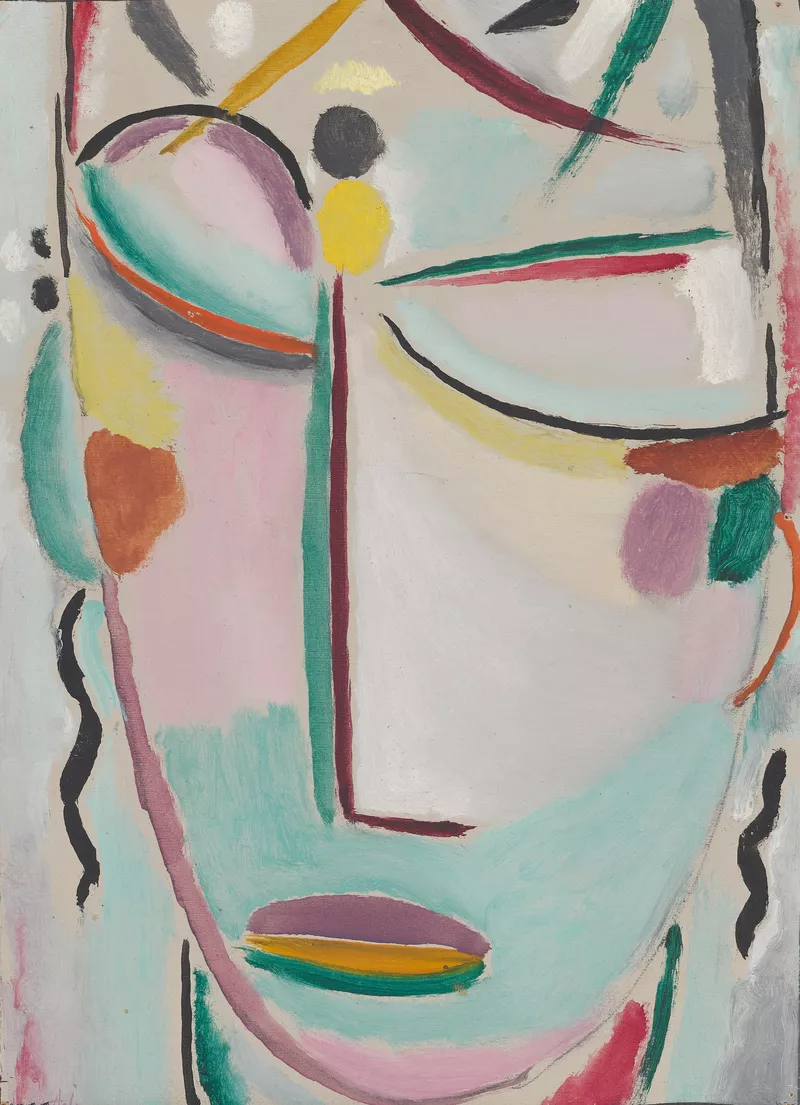
The painter of the face
The importance of late work: Alexej von Jawlensky painted his most influential works in his final creative phase. From January 30, the Louisiana Museum of Art in Humblebæk, Denmark, is dedicating an exhibition to Jawlensky's oeuvre with a focus on his late work.

With the outbreak of the First World War, the Russian Alexej von Jawlensky (1864/5-1941), who only received German citizenship in 1934, was forced to leave his long-time home of Munich as a foreigner. Together with the well-known aristocratic painter Marianne von Werefkin (1960-1938), who had taught Jawlensky in the 1890s and became his partner, he fled to Switzerland. The couple had to adjust to unfamiliar, modest living conditions. Due to the lack of a studio, Jawlensky began to paint the view from his bedroom window – and discovered the appeal of repeating a motif. His variations increasingly moved away from imitating nature and became independent pictorial worlds. In the 1930s, Jawlensky was plagued by severe arthritis, which almost forced him to give up painting. But the artist, holding the brush with both hands, could not stop and continued to develop his variations: the meditations, reminiscent of faces with large eyes, varied various color combinations and were an expression of Jawlensky's spiritual feelings. With this unique series – around 1,000 of the small-format meditations exist – the painter had artistically found what he had been searching for all his life. The exhibition Alexej Jawlensky at the Louisiana Museum of Art traces the artist's development in detail from the early 20th century to his late work, with a focus on the representation of the meditations. The show opens on January 30 and ends on June 1.
Jawlensky, father of the painter Andreas Jawlensky (1902-1984), was one of the co-founders of the expressionist »Neue Künstlervereinigung München« in 1909. The three annual exhibitions held up to 1911 received mainly scathing reviews and the existence of the association was characterized by many disagreements. Wassily Kandinsky and Franz Marc were members before they founded the Blauer Reiter. Jawlensky maintained close contact with Der Blaue Reiter and took part in an exhibition in 1913. The current show at the Louisiana Museum of Art is the first major presentation of the artist's work in Scandinavia.
























